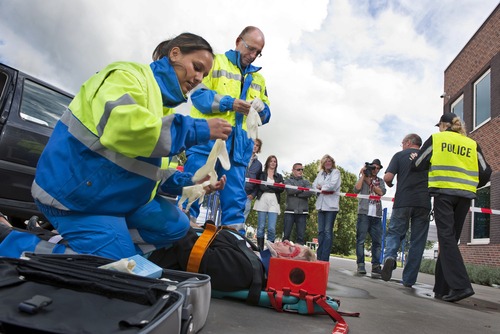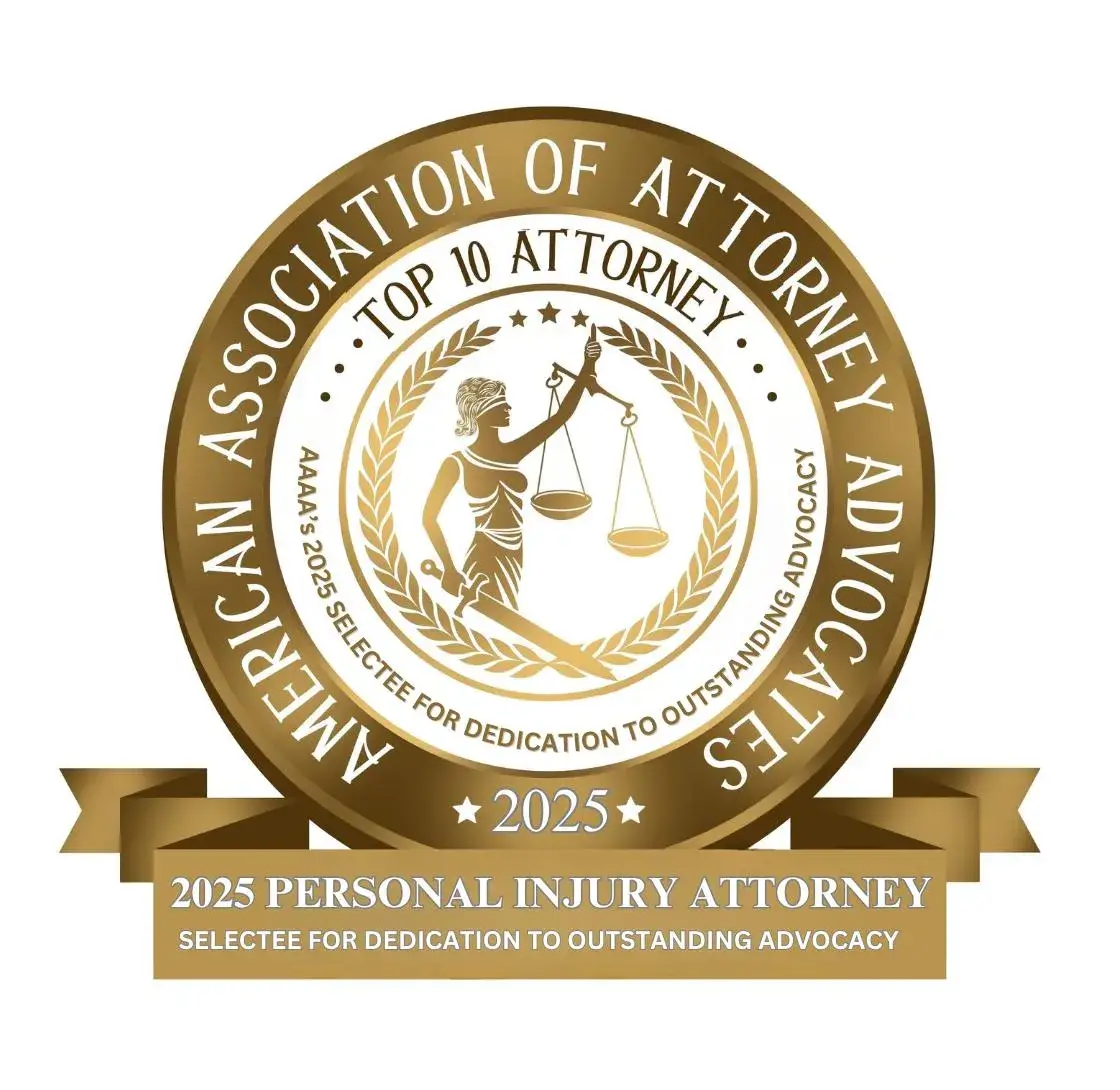New Laws Regarding Car Seats in New Jersey
In 2015, Governor Chris Christie signed legislation that rewrote many of the rules of car seats in New Jersey. For years, parents have asked questions regarding their children’s car seats because each state’s laws differ significantly. Every parent wants their children to be safe in the event of a car crash, which is why it is a good idea to stay updated with these laws. Now you, too, can understand how long your child should be in a booster seat and when your toddler’s rear-facing car seat should be turned around.
Laws Regarding Babies and Toddlers
The new law, which went into effect in September of last year, requires babies and toddlers to remain in rear-facing car seats until they are two years old or 30 pounds. On the other hand, older children must remain in booster seats until they are 8 years old or 57 inches. The reason why? Lawmakers believe that New Jersey’s old car seat laws were vague as well as outdated. Assemblywoman Pamela Lampitt has said about the new regulations, “With advances in research and car safety technology, recommendations to protect children in motor vehicles are always changing. Just look how different things were just a decade or two ago.” She, as well as many others, believe that these implementations are huge steps in regards to protecting many young children in vehicles.
It has been found through research that babies and small children in rear-facing seats is the best plan to keeping them safe. Keeping them rear-facing as long as possible ultimately lowers their chance of dying in a car crash on a dramatic level. You may remember New Jersey’s laws just a few years ago: Every child under age 8 riding in a motor vehicle with seat belts must be in a car seat or a booster seat. This, of course, came with exemptions to school buses. Here are the new laws, further explained:
Birth to age 2: If a child is under 2 and 30 pounds, then they must be rear-facing under all circumstances. They must also be secured in a five-point harness. Even for toddlers who are especially tall, they must remain rear-facing even if their feet are pressed against the back seat of a car. Once they meet the requirements, they can front face.
Ages 2 to 4: Until a child reaches 4 years of age, they must be either rear or forward-facing in a car seat. Above age 4, they can move to a booster seat.
Ages 4 to 8: Until a child is 8 or 57 inches tall, they must remain in a booster seat in the back of a vehicle. Until then, they cannot just use a regular adult seat belts.
Front Seats: If a vehicle doesn’t have a back seat, then the child must ride in the front seat. However, the airbag must be shut off because the force of the air bags could injure a small child.
When these laws were first passed, the penalties brought fines of $10 to $25. However, since September of last year, they have gone up to $50 to $75. You should also know that you cannot get out of a ticket by claiming that you were merely following the manufacturer’s height and weight requirements for your child’s car seat. At this time, it is unknown how a police officer will determine the child’s age, height, and weight. However, you should abide by these laws to avoid injuries, fatalities, and even fines.



















